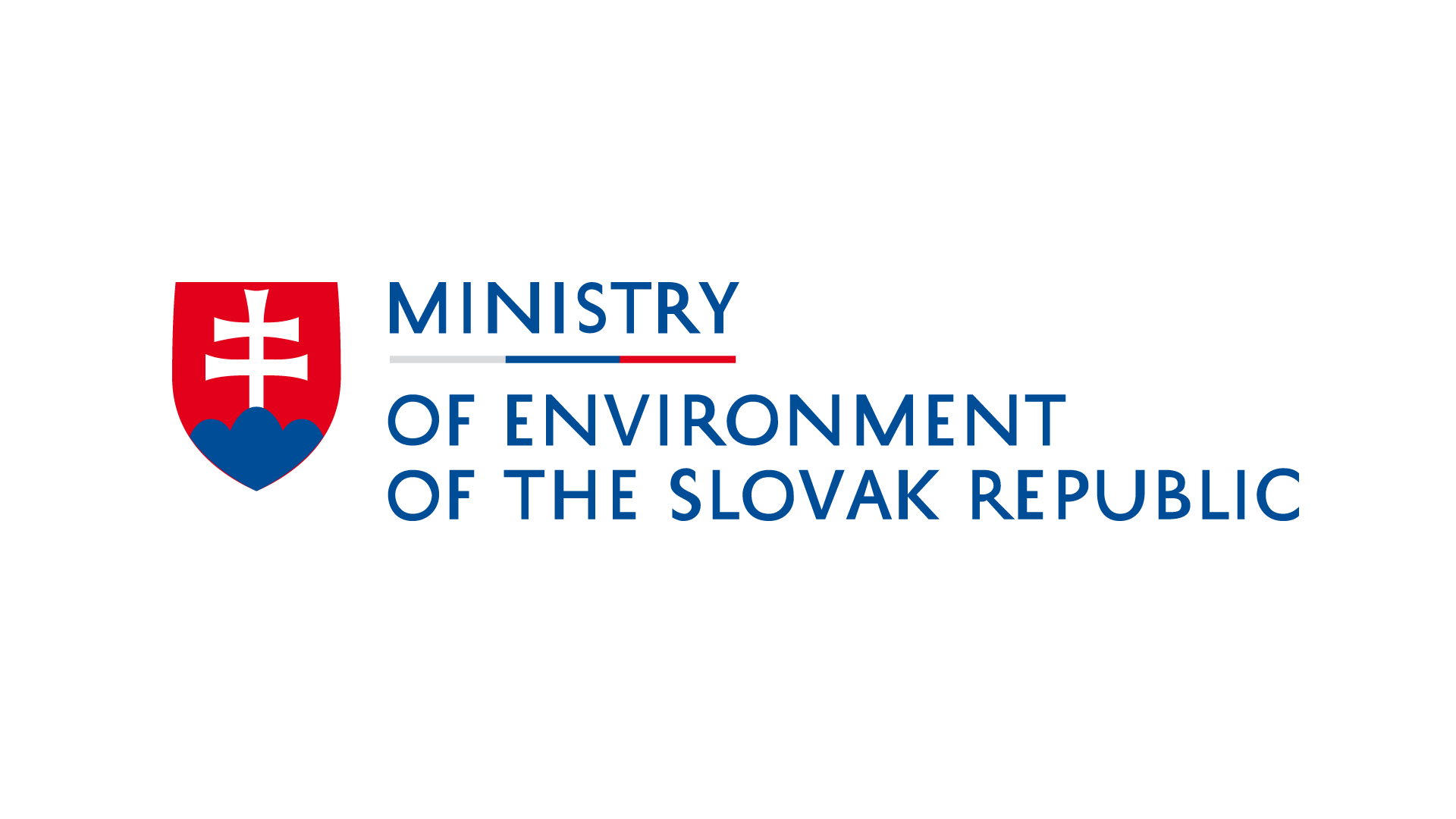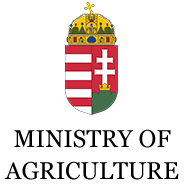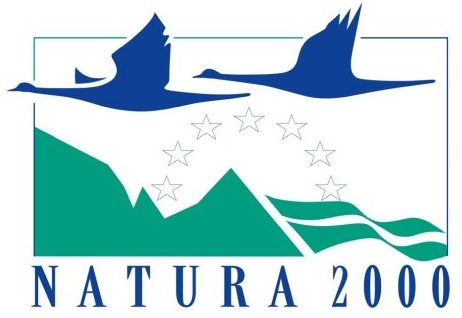General project overview
International project to improve habitat conditions for Great Bustard and Red-footed Falcon in the border region of Hungary and Slovakia.
- Project title: Long-term conservation of Great Bustard and Red-footed Falcon in border region of Hungary and Slovakia
- Project acronym: LIFE STEPPE ON BORDER
- Project code: LIFE20 NAT/SK/001077
- Project duration: 02.2022 – 30.04.2027
The project has received funding from the LIFE Programme of the European Union and will be implemented mainly within 1 Special protection area (SPA) in Slovakia and 4 SPAs in Hungary.
Why Steppe on border? Because both project target species belong in the group of birds associated with steppe habitats.
The main goal is to reverse the unfavorable status of great bustard and falco vespertinus via:
- increased availability of prey sources,
- increased safety of breeding birds,
- improved breeding conditions,
- increased breeding success,
- improve interaction with core population.
Thus general conditions for long-term growth of population of both species in SK-HU-AT region will be significantly improved. Degradation of the land will be prevented and overall biodiversity will increase.
Main objectives of the project:
- Increase stability of the population of both species in middle Europe.
- Establish/maintain viable breeding population of both species in the project area and improve the status of migrating (RFF) and wintering population (GB);
- Prevent extinction/halt the decline and improve conditions for growth of both species in the border region of Slovakia and Hungary (directly) as well as in Austria (indirectly).
- Create/support connection with other subpopulations especially from core breeding areas in Hungary.
- Improve availability and quality of prey and decrease energy losses by significantly increasing the area of land under proper management; restore and increase surface of breeding and feeding habitat.
- Decrease disturbance, create safe nesting conditions, increase breeding success, improve natural breeding conditions.
- Increase involvement of key stakeholders (land owners/users, decision makers, nature conservation authorities, municipalities) and increase awareness to support the sustainability of the project. The aim is to promote approaches that result in increase of insects and overall biodiversity on the farm land.
Project area
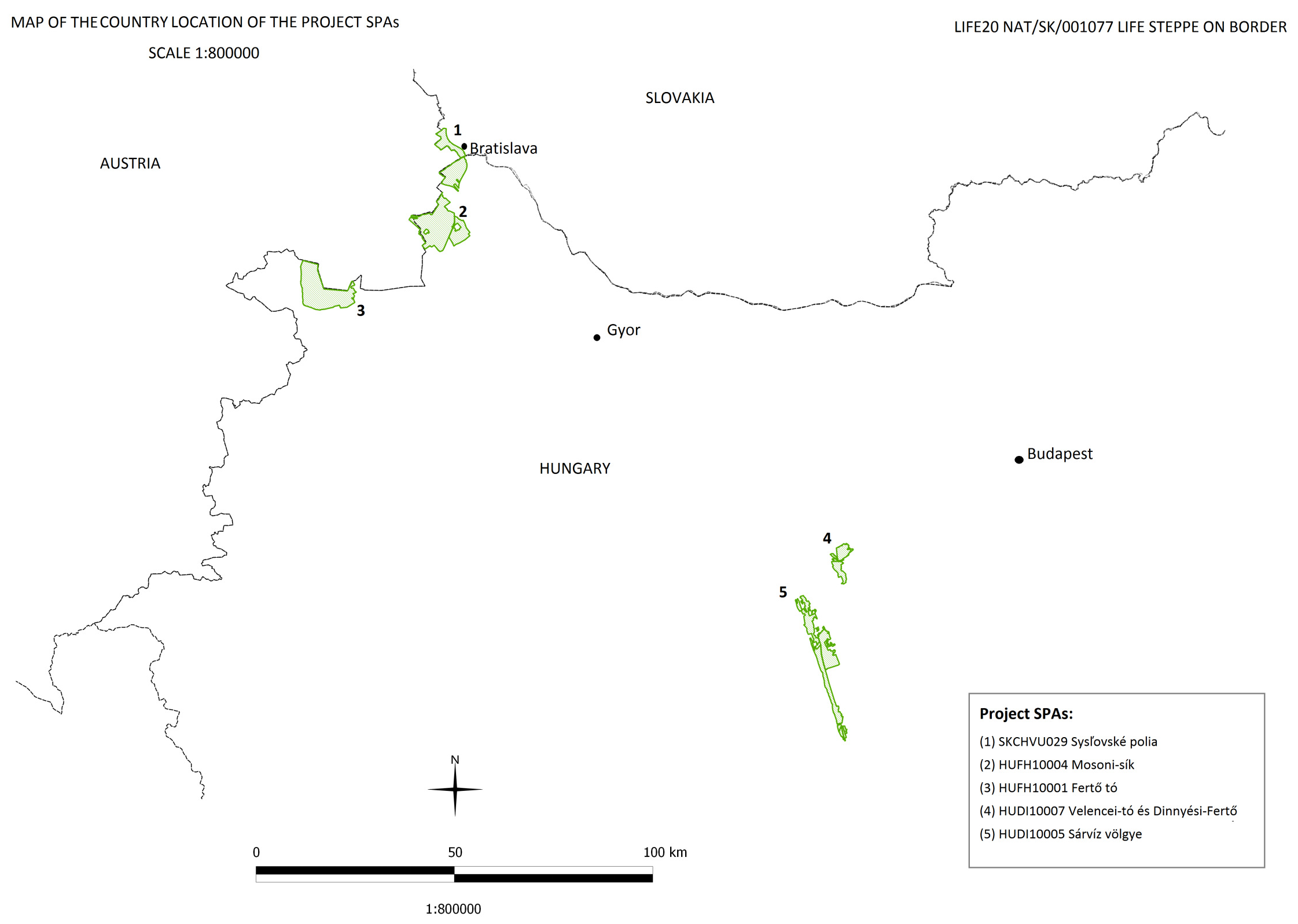
Project Beneficiaries
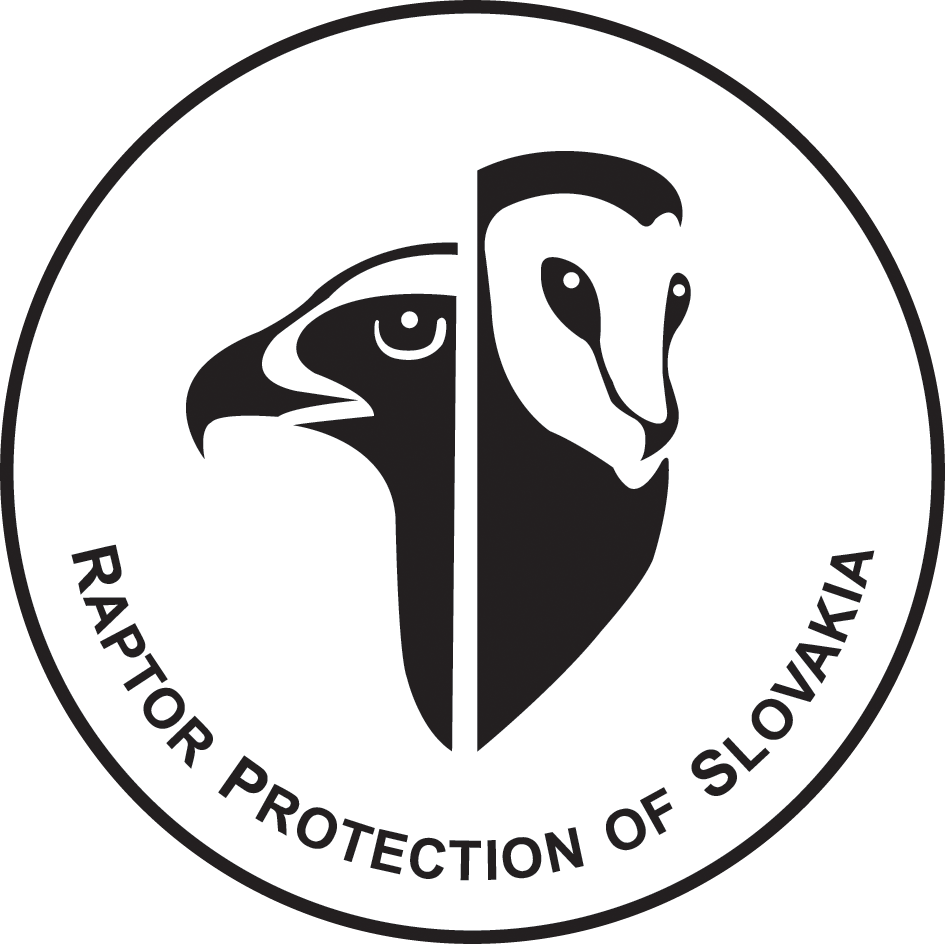 |
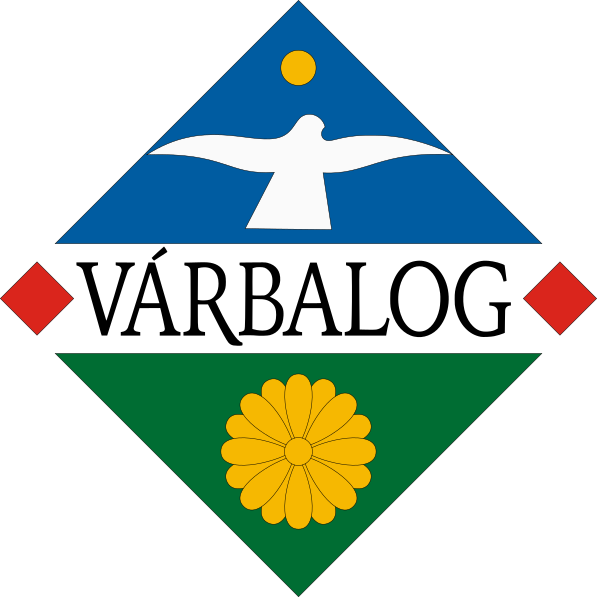 |
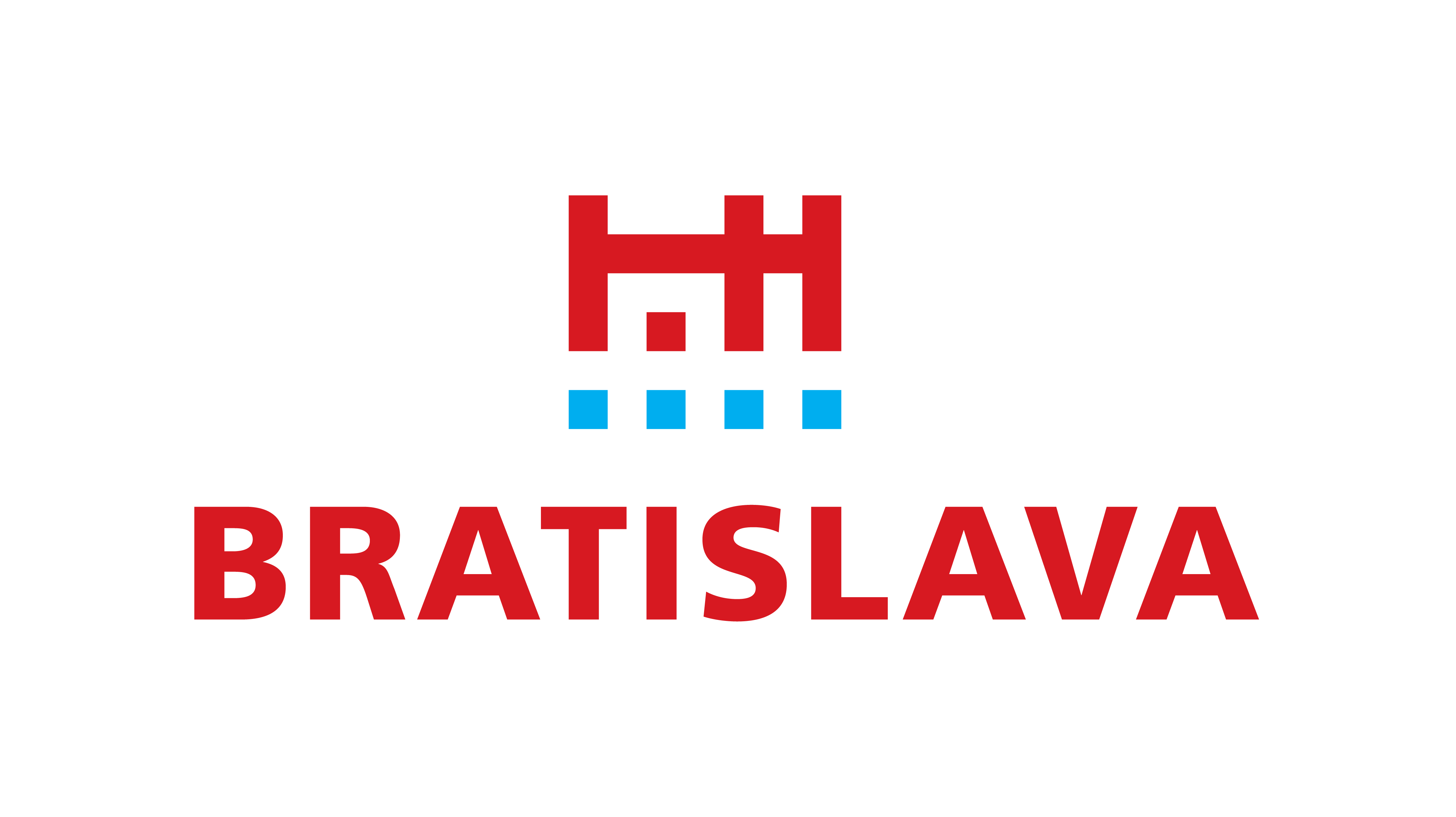 |
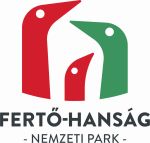 |
 |
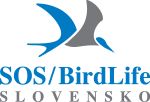 |
 |





